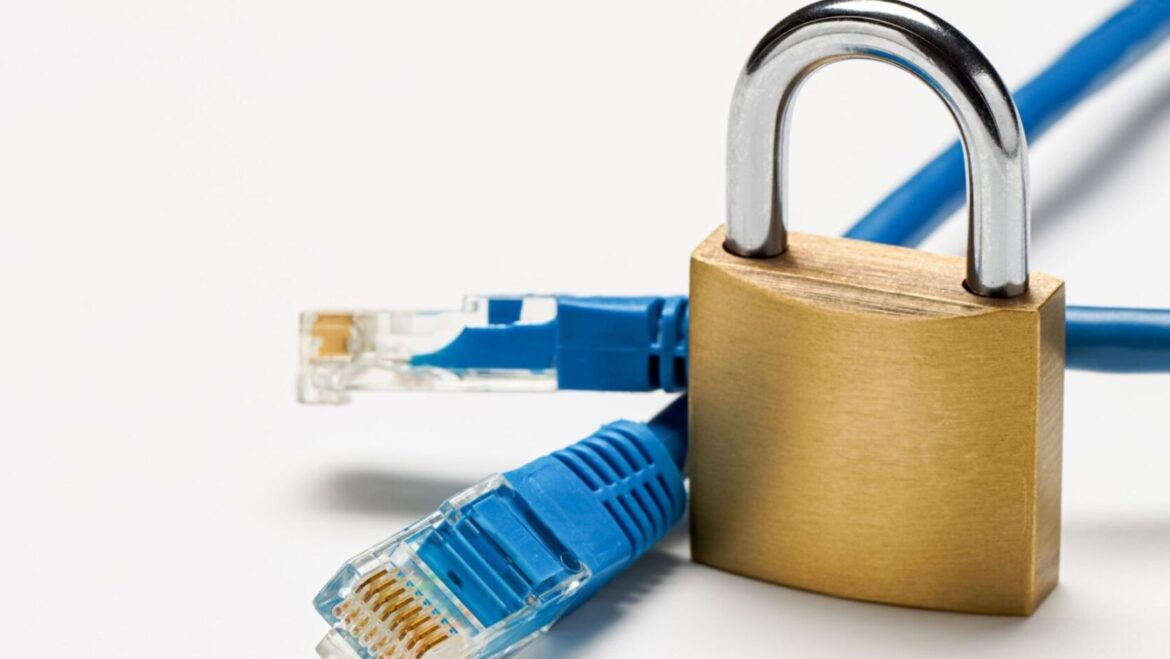Modern business communication flows through devices that never sleep. Laptops hum in offices, tablets blink in airports, and smartphones transmit confidential data at café tables. But beneath this digital choreography lies a silent foundation: hardware security solutions. Without them, all the encryption codes, passwords, and cloud protections in the world could collapse at the first hardware-level breach. While software guards the surface, hardware security operates underneath — a kind of invisible armor.
In today’s world, device-level data protection is not optional. It’s the first and last line of defense against modern cybercrime. Reports from industry watchdogs indicate that around 43% of data breaches begin with a compromised device, not a hacked network. The statistic itself is a warning: attackers often go for the machine before they go for the message.
Why Hardware Matters More Than Ever
Hardware has become the gatekeeper of corporate trust. Every conversation, every email, every video call rides through physical components. Yet most businesses focus heavily on software security, assuming that antivirus and encryption apps will save them. But when a device is infiltrated at the hardware level — through corrupted firmware, physical tampering, or implanted malicious chips — no software patch can undo the damage.
That’s why companies now integrate security protocols directly into the physical devices. Encrypted chips, secure boot systems, and tamper-proof modules ensure that each communication channel starts from a trusted base. When a device powers on, it first checks its own integrity. Only then does it connect to the corporate network. This design strengthens the ability to safeguard corporate networks from deep and often invisible threats.
Protecting Sensitive Information: Beyond Passwords
Passwords and firewalls protect what you see. Hardware security protects what you don’t. It prevents intruders from accessing confidential data through side-channel attacks or compromised peripherals. When combined with secure encryption keys stored within physical hardware elements, this method can prevent data breaches before they begin.
In sectors like finance, healthcare, or law — where a single leak could cost millions — hardware-based encryption ensures that sensitive files remain protected even if the device itself is stolen. According to a 2024 IBM report, companies using hardware encryption reported 76% fewer successful breaches than those relying solely on software encryption. That difference can decide between a company’s survival and its collapse.
Secure Remote Work and the Expanding Perimeter
Remote work has redefined the meaning of workplace security. Employees connect from coffee shops, airports, and home networks, all potential weak links. Secure remote work now requires more than a VPN or secure app. It demands built-in, device-level safeguards that protect communication even when the user is offsite.
Through hardware security solutions, businesses can control how and where devices access corporate systems. A laptop with a hardware root of trust can verify every software update, detect tampering, and restrict access to unauthorized networks. This form of silent verification helps defend against hardware attacks, ensuring that even when human vigilance fails, the machine’s own structure remains loyal.
Communication Privacy and the Hardware Shield
The flow of communication between teams, partners, and clients must remain private. But modern attacks target microphones, cameras, and ports — physical components that can be exploited for eavesdropping. Hardware-level protections can enhance communication privacy by restricting unauthorized access to these components. For example, hardware security modules can physically disconnect cameras or microphones when not in use, ensuring that no hidden software can activate them remotely.
This proactive defense is increasingly important as hybrid communication systems — video meetings, voice-over-IP calls, and encrypted messaging — become standard. Businesses that strengthen cybersecurity at both hardware and software levels enjoy a dual barrier, where one compensates if the other is breached.
When sending business documents, even the smallest step can expose information. A practical solution for secure document transfer is using the Fax App. This could be FAX from iPhone, which combines the familiarity of traditional faxing with modern encryption features. By transmitting documents through encrypted channels and allowing users to control delivery confirmation, it ensures privacy without complexity. The app functions across devices, supports file encryption, and reduces the risk of email-based data leaks—a small, smart choice for maintaining secure business communication in daily workflows.
Building Trust in Digital Infrastructure
Corporate clients and consumers alike demand proof that their data is safe. Businesses that invest in hardware security solutions send a clear message: security is not an afterthought but a foundation. Whether protecting executive communications or customer databases, the goal remains the same — protect sensitive information and ensure device encryption at every step.
Integrating hardware-based security also creates a ripple effect throughout the organization. Employees grow more aware of security protocols, administrators adopt stricter access controls, and management gains measurable assurance of compliance with data protection laws. In short, physical trust builds digital trust.
Defending the Future of Business Data
The next phase of digital communication security lies beneath the screen — within the chips, circuits, and boards that power our devices. Hardware security transforms the very fabric of communication by ensuring that trust starts at the source. Businesses that ignore it risk building their empires on unguarded foundations.
To protect confidential data, it’s not enough to react to cyber threats; the structure of every device must be born secure. Every circuit, every processor, every encrypted pathway becomes a soldier in the defense of privacy. When companies integrate security protocols at this level, they move from hoping their data is safe to knowing it is.
And that, in today’s volatile digital landscape, is no small difference — it’s the line between vulnerability and resilience.





